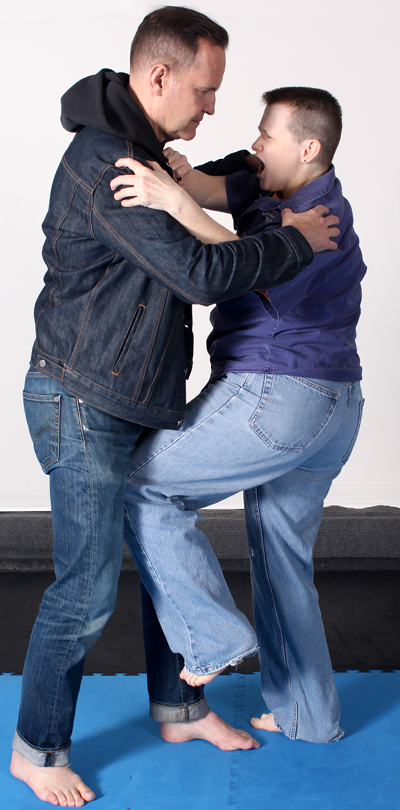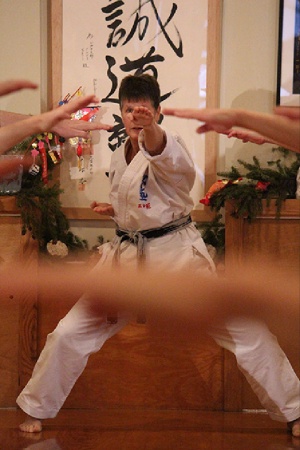Self-Defense Resources
To further our mission of educating the public on violence prevention and self-defense, Thousand Waves offers a series of free and downloadable public resources. From our popular “Five Fingers of Self-Defense” overview to guidance on dealing with harassment, you will find a variety of resources which we invite you to use and share with others.
These resources are meant for individuals who have not taken any of our programs, and also for graduates who want a refresher. They are not a substitute for taking a class, but can help those who cannot come to our Center and study with us. For those who are located far from Chicago and are seeking a good self-defense class, please see our resource on “What to look for in a Self-Defense Program” for guidance on finding a good fit. For our violence prevention and self-defense colleagues, Thousand Waves happily shares these resources through our Creative Commons license. Please read, and share widely!
Violence Prevention and Self-Defense Resources
The Five Fingers of Self-Defense
Learn how to apply the Five Fingers of Self-Defense for empowerment and safety. This resource covers the Rights and Responsibilities we all have in preventing and responding to emotional and physical violence.
Conflict Resolution
Learn the Thousand Waves approach to conflict management. At our Center, we begin by creating a culture of respect, and demonstrate how everyone benefits from using conflict resolution skills. This approach can be used in any social setting, and with any group: a classroom, playground, workplace, school, or family.
Assertive Communication: Boundary Setting
Learn how to clearly and assertively set a limit when someone is being disrespectful, trying to manipulate you, or attempting to control your actions. This resource offers mental, verbal, and physical tools to help you enforce your boundaries and stay safe.
Assertive Communication: De-escalation
Learn how to take charge of a situation that is spiraling out of control. This resource describes self-calming tools, verbal strategies, and positioning strategies you can use with an angry or upset person to prevent violence.
Intimate Partner Violence
All too often violence, especially violence against women, comes from those we’re closest to. Information about recognizing intimate partner violence and possible responses to it.
Fighting Fair to Resolve Conflict
Conflict is inevitable in relationships. For many of us it creates significant discomfort. If handled appropriately though, conflict can actually strengthen relationships and improve our understanding of each other. It can also help ensure that our relationships are safe and happy.
Assertive Communication: Intervention
Be an ally when you witness conflict, violence or abuse – learn what to say and how to say it so you can interrupt a conflict while staying safe.
Identifying and Responding to Harassment
Recognize the many faces of harassment and learn strategies to stop this type of violence at home, school, work and in public spaces.

Keeping Kids Safe
A resource for parents and caregivers with accurate statistics and ideas on helping your children stay safe at home, at school, and elsewhere.
Additional Resources
Referral Numbers
Keep this list near your phone in case you or someone you know needs help.
Recommended Self-Defense Books
For further reading.
Differences Between Martial Arts and Self-Defense
Often the terms self-defense and martial arts are used interchangeably, but they are not really the same. Traditional martial arts, such as the Seido karate taught at Thousand Waves are – as the name implies – primarily art forms with the broad goal of making their practitioners stronger, calmer, and ultimately more gentle and compassionate people.
Self-defense, on the other hand, is a term used to describe a set of beliefs, attitudes, and verbal and physical skills that contribute to an individual’s ability to stay safe in dangerous situations. Self-defense’s physical techniques derive from various martial arts including karate, but the curriculum of a self-defense course will also include other topics having to do with the patterns and motivations of violent offenders.
What to look for in Self-Defense Program
Be an informed consumer. Find out the essential elements of an empowerment-based Self-Defense class.




